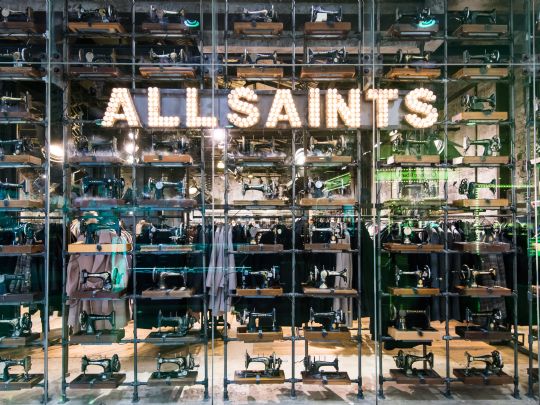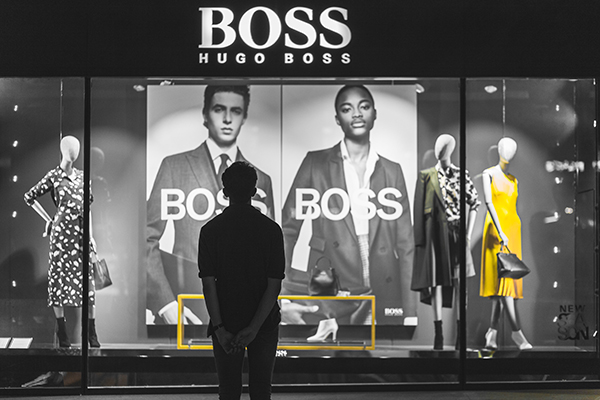Shop prices fell by 1.6 per cent in June, compared to a decrease of 2.4 per cent in May, according to the latest British Retail Consortium (BRC) and Nielsen statistics.
Non-food prices fell by 3.4 per cent in June, compared to a decline of 4.6 per cent in May, while food inflation was steady at 1.5 per cent in June, the same rate of increase as in May.
Fresh food inflation was also steady at 0.5 per cent in June, the same rate of increase as in May. Finally, ambient food inflation was steady at 2.9 per cent in June, the same rate of increase as in May.
BRC chief executive Helen Dickinson said that consumers have benefited from shop prices falling for 13 consecutive months, however the situation for many retailers - such as those in clothing and footwear - remains very challenging.
“Coronavirus has been a huge shock to the retail industry and coming on top of this, the threat of the UK leaving the EU without a trade deal is a real concern as it would lead to severe disruptions to supply chains, far beyond those experienced during lockdown, resulting in higher prices and reduced availability in shops,” she commented, adding: “It is imperative that government secures a deal with the EU or hard-pressed consumers will bear the cost.”
Mike Watkins, head of retailer and business insight at Nielsen, said that shoppers have been buying more at supermarkets during lockdown, in particular in grocery and frozen, but also in higher value categories such as alcohol, where sales have increased over 30 per cent in recent weeks.
“However, ambient food inflation remains at 2.9 per cent and lower in fresh foods, as seasonal produce becomes available,” he added. “Retailers and their suppliers continue to work together to cope with the unprecedented high demand due to the closure of most of the out of home and hospitality channels."
Beyond Channels: Redefining retail with Unified Commerce
This Retail Systems fireside chat with Nikki Baird, Vice President, Strategy & Product at Aptos will explore how unified commerce strategies enable retailers to tear down these barriers and unlock new levels of operational agility and customer satisfaction.
The future of self-checkout: Building a system that works for consumers and retailers
In this webinar, industry leaders discussed what the future of self-checkout looks like and how retailers can make the technology work for everyone.
© 2024 Perspective Publishing Privacy & Cookies










Recent Stories